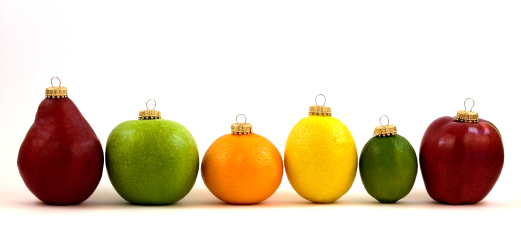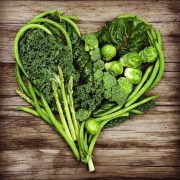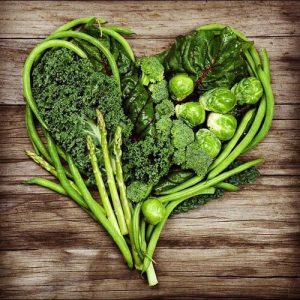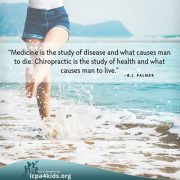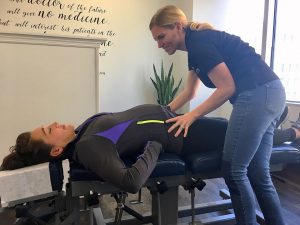The nervous system is one of the most complex and important part of our body. It is the master control system of the body, consisting of the brain, spinal cord, and peripheral nerves, which connects to all the organs. Since it is responsible for controlling the larger part of our vital functions (breathing, heartbeats, hunger, thirst, posture etc.) as well as for our emotions, it is important to strengthen it naturally to ensure a good quality of life.
“Everyday stressors” show up, well every day. Morning traffic, mounting to-do lists, and looming deadlines are all common occurrences that trigger our nervous system regularly. Stress like this may become so routine that it seems normal – but common does not equal to being normal! This internal strain can silently snowball, throwing you into the vicious stress-sleeplessness cycle, wearing on your physical health and mental well-being over time. Yes, stress is a part of life and some stress is healthy, but no, stress does not have to control your life.
We must recognize and positively manage our everyday stressors, so we can prepare to tackle larger, unexpected curveballs from life, helping us thrive as healthier and happier people.
We can reduce stress by learning how to cope with it in a healthy way, which starts with daily self-care. Many of us are so busy looking after others that we forget to take care of ourselves, but failure to put your own needs first can lead to mind and body “burnout,” which occurs when all of our energy has been invested in external factors, leaving us mental and physical exhausted. When we take care of ourselves, we can take better care of others.

Sustain the wellness of your mind and body with these nine daily self-care rituals for your nervous system:
1. Get adjusted.
Chiropractic adjustments can positively impact your nervous system function. They correct mechanical stress on the spine (subluxations) that creates irritation and interference to the flow of information across the complex and sensitive nerve system. When each vertebrae is in a healthy position and allowed to move properly, there is no stress being placed on the nervous system, which allows for proper regulation, healing, and the flow of vital information from your brain to your body.
2. Get a good night’s sleep.
You cannot function optimally if you are sleep deprived. Sleep deprivation lowers your resistance to illness and the ability to make decisions. Make it a priority each day and it will help increase your brain power, productivity, and resilience.
3. Eat well.
You have heard this before, but it’s true – You are what you eat. Avoid foods high in sugar, artificial flavors, and deep fried. Opt for calming foods like sunflower seeds, almonds and cashews, which contain magnesium to help keep cortisol levels low, and green tea, which reduces tension and makes beta waves. Fruits and vegetables are loaded with all the goodness and nutrition you need. Bee pollen is a superfood that equalizes the blood pH and nervous system function thanks to its B vitamins. Oatmeal is a nervous system stabilizer, as it calms irritable states and mild anxiety, relieves insomnia, and increases mental performance – it both relaxes and provides energy.
4. Breathe deeply.
When you’re stressed, you automatically start shallow breathing. Reset your stress levels with deep breathing by expanding and contracting your stomach and chest cavity – not by raising your shoulders or straining your neck. Deep breathes, in and out.
5. Embrace in “me time.”
The best way to change your psychology is to change your physiology. Pick an activity or hoppy for self-development, like exercising, meditation, connecting with friends, playing with your dog, reading a book, painting etc.
6. Look or Be outside.
Changing your perspective by changing your view can help. Step outside or find a window and for 60 seconds, watch clouds go by, look for birds, and see trees sway. Sometimes we forget how calming nature can be to our nervous system. In addition, sunlight is an excellent regulator for the nervous system and it also provides us with vitamin D.
7. Get physical.
Exercise produces “feel-good” chemicals in the brain. So, try to incorporate physical activity into your daily routine. Go for a brisk walk around the block or do some light yoga moves when you feel tense and stressed.
8. Try creative visualizations.
Slow your breathing, close your eyes, and use all your senses to remember your last vacation or your favorite “happy place.” Hear it, see it, feel it, smell it, and taste it.
9. Harness the powers of natural medicine.
It’s important to recognize the interconnection between the mind and the body. Emotional symptoms, like those from stress, can actually lead to physical ailments. Natural stress relief products like essential oils and flower remedies are incredibly useful. Flower remedies are said to turn negative emotions such as fear, worry, or anger into their positive counterparts of courage, calm, and love – the focus is treating the person rather than the disease. Natural stress relief products can help keep you calm, cool, and collected throughout the day and put your repetitive thoughts to bed at night.



















